WELCOME! You are in the right place.
Thanks for joining us as we explore hybrid meetings as the future of collaboration. Over the course of the next few days, we will use this blog space as an action learning/real-time adventure log during a Visual Strategy Story meeting that was designed specifically for HYBRID
If this is your first introduction to this Hybrid Meeting living case study, click here to read more about hybrid meetings and the “why” behind this case study.
Lexicon Inc. , a construction industry leader headquartered in Little Rock, Arkansas. The CEO, Patrick Schueck, was a great sponsor of the design and implementation of this hybrid experience. The Lexicon leaders accomplished a lot and we are proud to be part of their success.
Designing for Hybrid

We believe that hybrid work, hybrid collaboration, and hybrid meetings are the future (and the future is here!). We are curious to better understand how we might combine the best of the in-person world with the best of the virtual world to create some new solutions... so let’s stand in the question and go learn some new stuff!
New Questions for a New Model
We’re committed to exploring what’s possible if we don’t use the rules of the past to inform the future.
As we embark on this new hybrid adventure, we’re asking these questions:
- How do we take what’s great about virtual meetings and mash it up with what’s great about in-person meetings?
- How do we decide which aspects to handle virtually vs. in-person?
- How do we bring our online virtual work into the physical space and connect the dots?
The Hybrid Meeting Living Case Study
We were invited to participate in this hybrid strategic planning process by CONVERSANT who began this project in early 2020, just as the pandemic began. Follow our journey as we explore each Hybrid Design Question using this 4 Questions Model

How do we take what’s great about virtual meetings and mash it up with what’s great about in-person meetings?
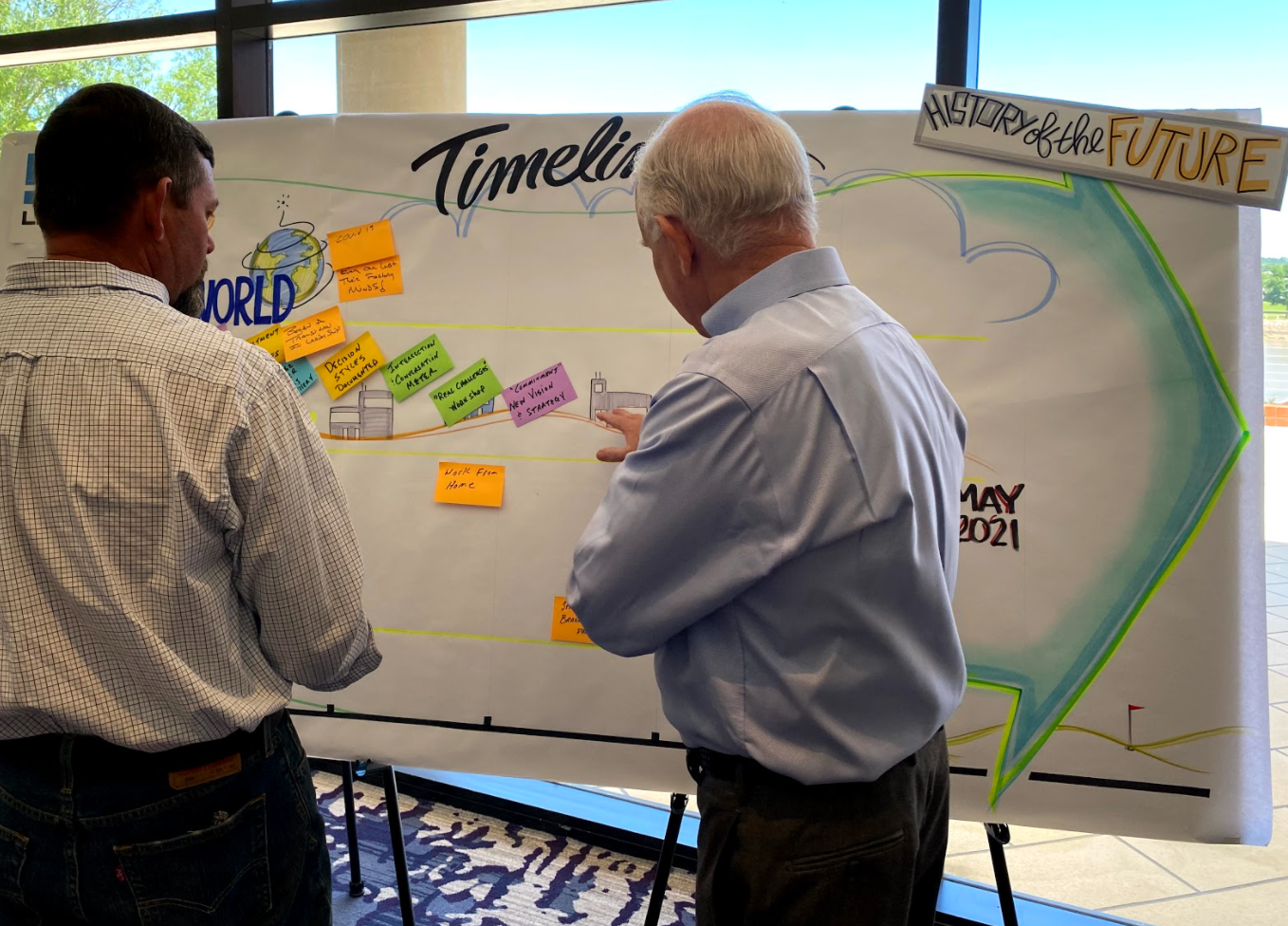
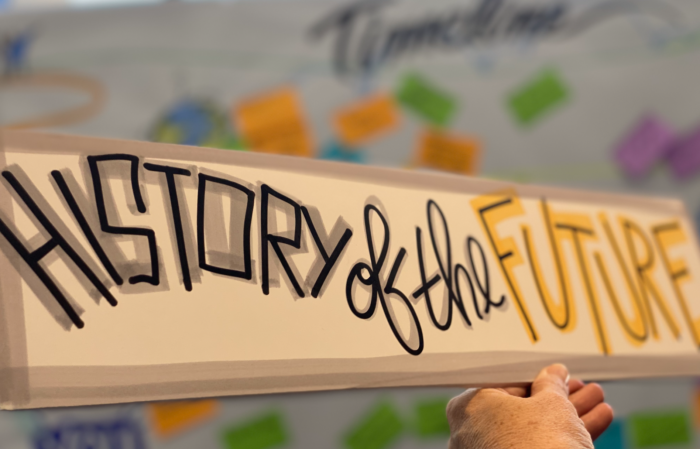
We thought: When CONVERSANT began this strategic planning process began in early 2020, they didn’t have any idea when they’d be able to meet in person again. They just knew they had to get the work done and they’d make the best of the virtual meeting space they were forced to use. They thought that the virtual space would allow them to lay the foundation for the strategy work, and they hoped that they’d get to finish it in person.
We did: An enormous amount of work was done leading up to the in-person meeting. The consulting team at CONVERSANT, who led this strategic planning effort, used the first year of virtual meetings to handle as much as possible in terms of content and strategy development and partnered with us in designing the elements of the in-person meeting to deliver connection, experience, storytelling, and collaborative strategic thinking and decision-making.
We learned: The most critical parts of strategic planning should be reserved for in-person work, and the work that gets done before the meeting must be integrated into the meeting and leveraged in the conversations.
Next time: We’ll use this hybrid model as the new standard for meetings. When you thoughtfully use the virtual meetings to prepare, the in-person meeting is so much more meaningful.
How do we decide which aspects to handle virtually vs. in-person?
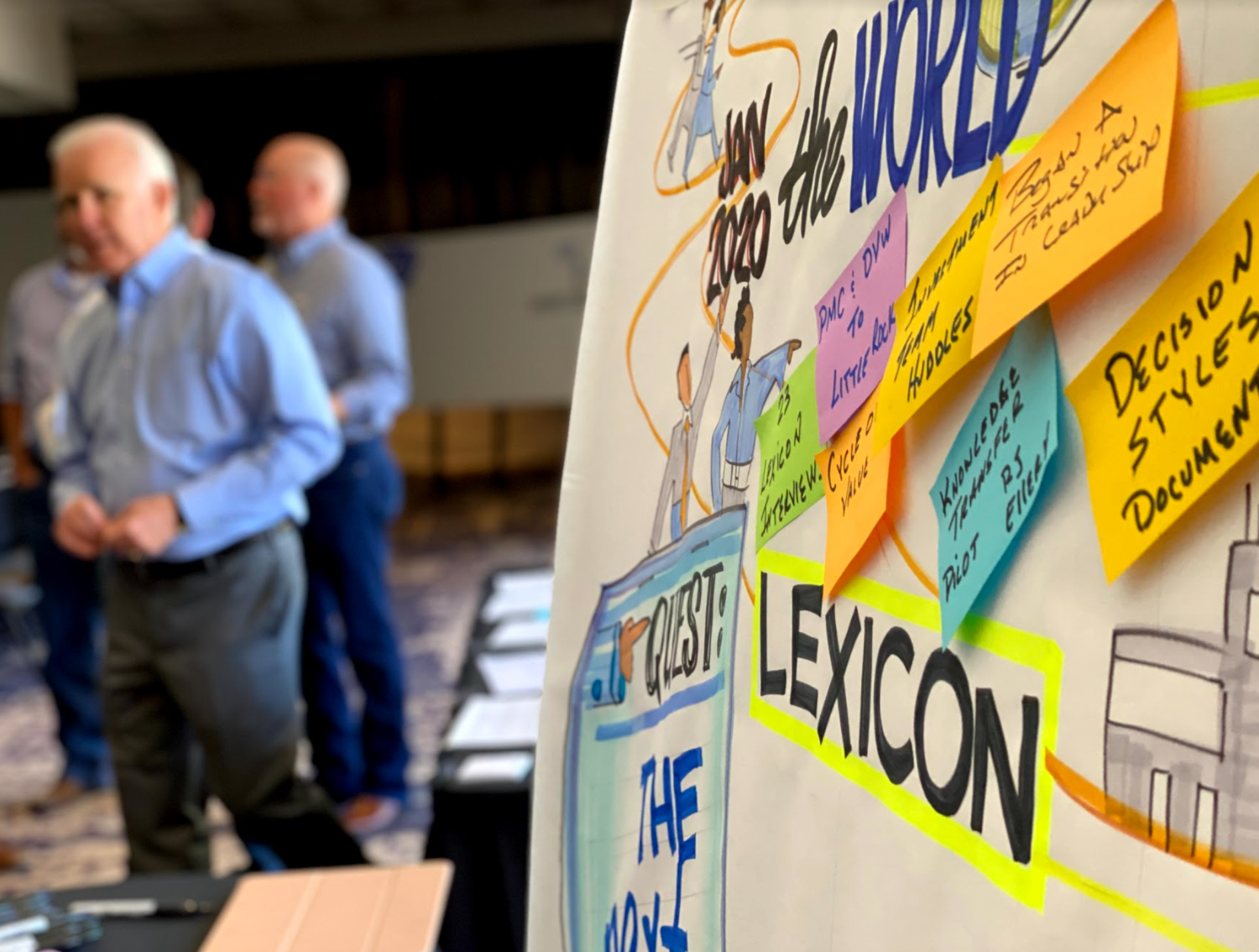

We thought: This is a great opportunity to take the best of both worlds, and there’s no reason to carry forward anything from either platform (virtual or in-person) that we don’t like! Rather than one super long in-person meeting that feels like a flood of information, we can use small virtual meetings in advance to be like a feeder river that starts small and builds in strength over time.
We did: Over the course of a year, CONVERSANT used the virtual time to do interviews and introduce new models and new ways to have conversations. These smaller conversations built on each other over time and became the building blocks for the culminating in-person meeting. The in-person time was reserved for the most crucial conversations and decisions that needed to be made as a result of all the work that got done in advance.
We learned: There really is no substitute for in-person meetings. The intimacy, the body language, the opportunities for story-telling just can’t be equaled in the virtual space. After one particularly powerful conversation during which the meeting participants acknowledged a retiring leader and made promises for how they would continue his legacy, one participant said: “I will remember that conversation for the rest of my life.” We also learned that using the virtual time in advance to really lay the groundwork for our in-person time made the live meeting that much more meaningful and impactful. The hybrid model allowed us to use the virtual time to really maximize the impact of the in-person meeting.
Next time: It was a global pandemic that forced us into a hybrid design for this meeting. But now that we’ve seen what it made possible, we’ll be sure to bring this same level of intentionality and thoughtfulness to our next meeting and look at how each platform can be leveraged for maximum impact and return on investment.
How do we bring our online virtual work into the physical space and connect the dots?
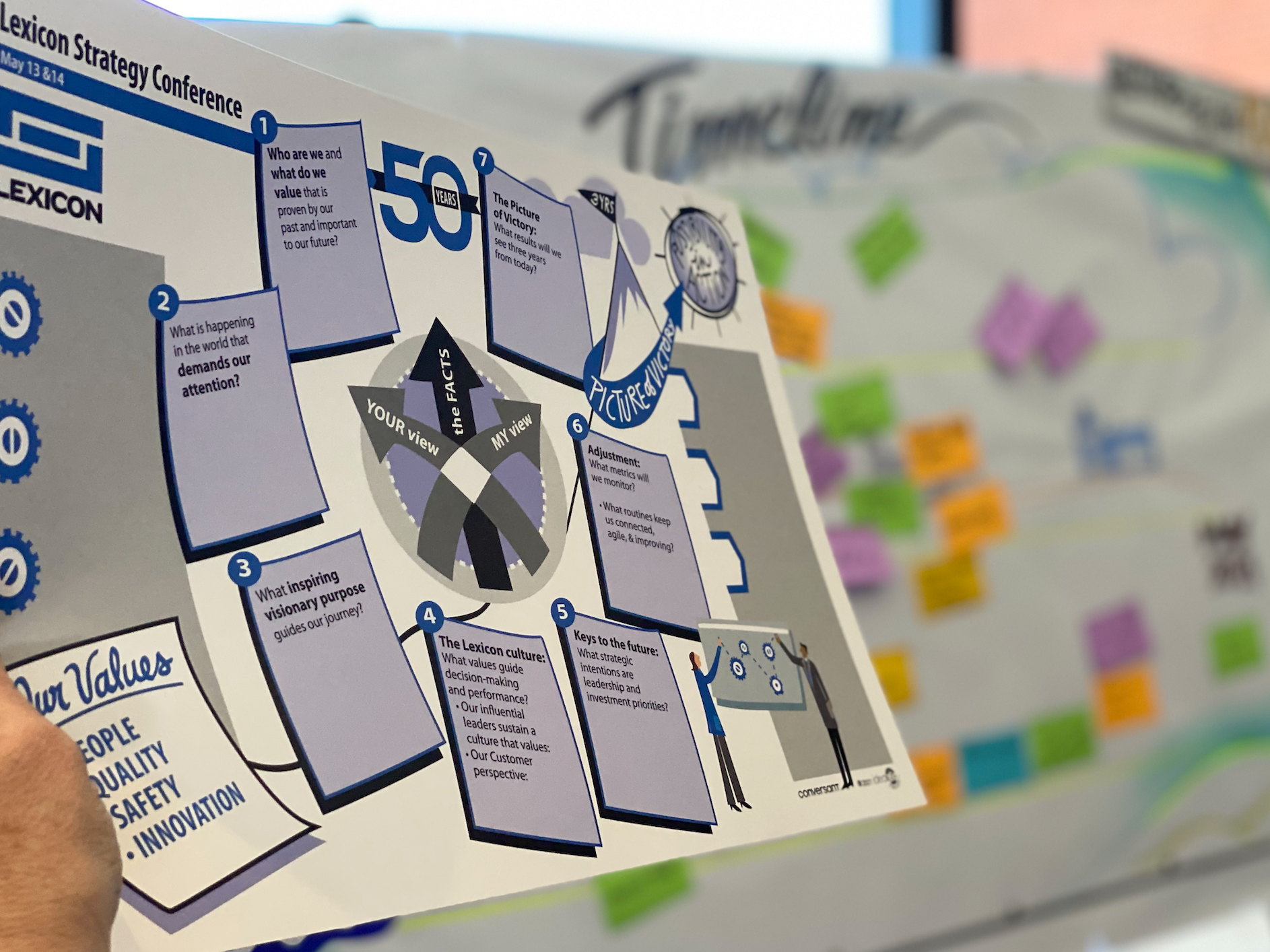
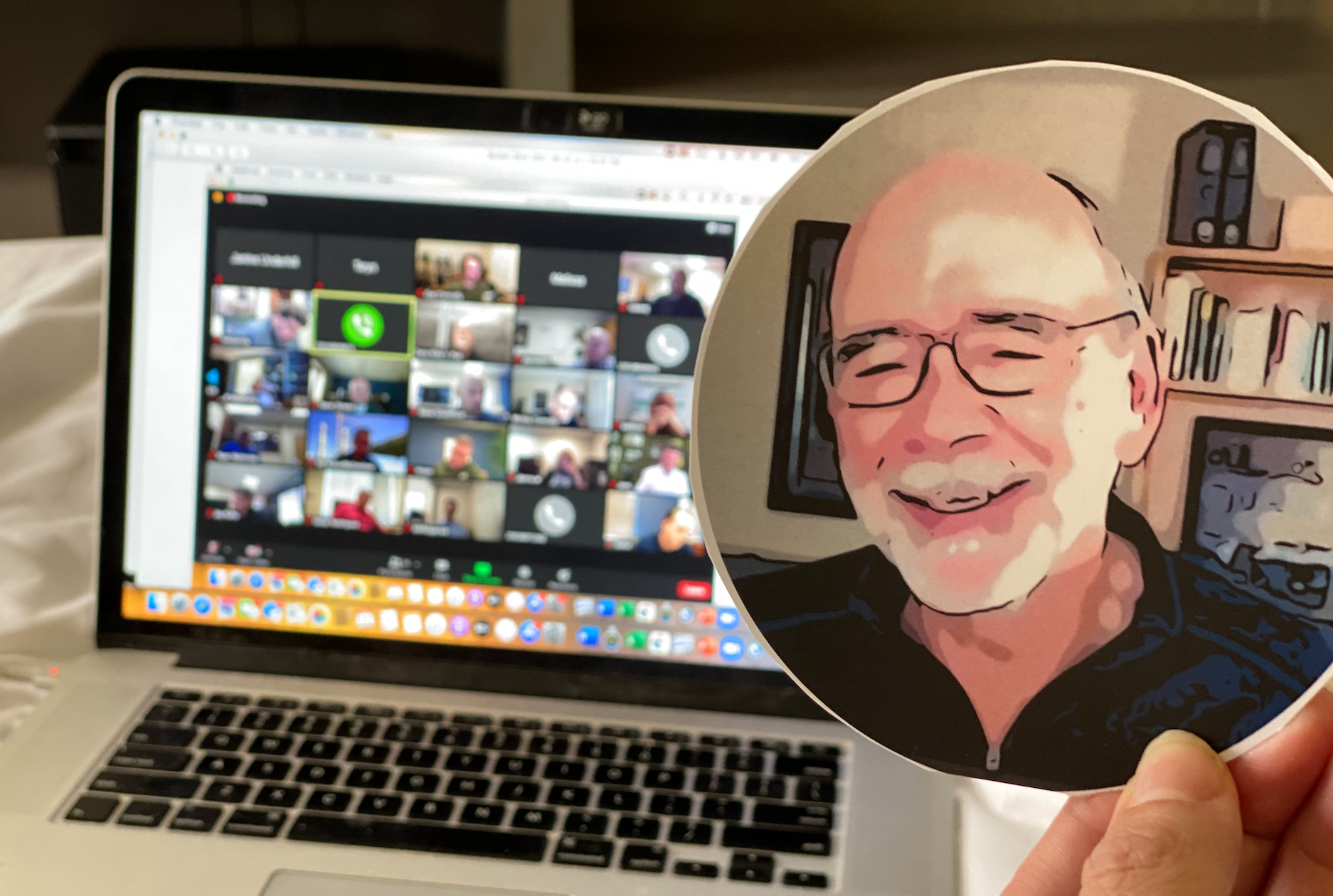
We thought: People haven’t been able to get together for so long, we need to make sure there’s an opportunity to collectively unpack the last 1.5 years and what it’s meant for the company and its employees. We want to honor the BIGNESS of what’s happened and allow the participants to SEE themselves as connected to everyone else.
We did: We set up a visual timeline of the last year that meeting participants could add to throughout the meeting. Each participant received a printed document that included the results of all the pre-work, and we took the parts that were particularly HUMAN and made them big and visible with various displays around the room. We created a display with each team member’s Decisions Style Assessment, and another display that showed each participant’s picture and what their hopes are for the future of the company. We took the Strategy Story that Conversant had been developing for the last year and set it up visually around the room so it became a visual dot-connector for the participants.
We learned: It all goes back to design. When you design your hybrid meeting with Intentionality, it allows you to take many small steps many times before the in-person meeting, and then you use that meeting to connect them all. The strategy picture becomes real and tangible and clear.
Next time: We’ll keep standing in the question of how to use the in-person space to amplify and build on the work of the virtual space. We believe hybrid meetings are the new standard, but we know there will be many ways to deliver on that new standard. We’ll stay curious and keep looking for ways to bring humanity, storytelling, visualization, strategy, and experiential design to hybrid meeeting.
Thanks to Mickey Connolly and Don van Winkle for the outstanding partnership and collaboration.





